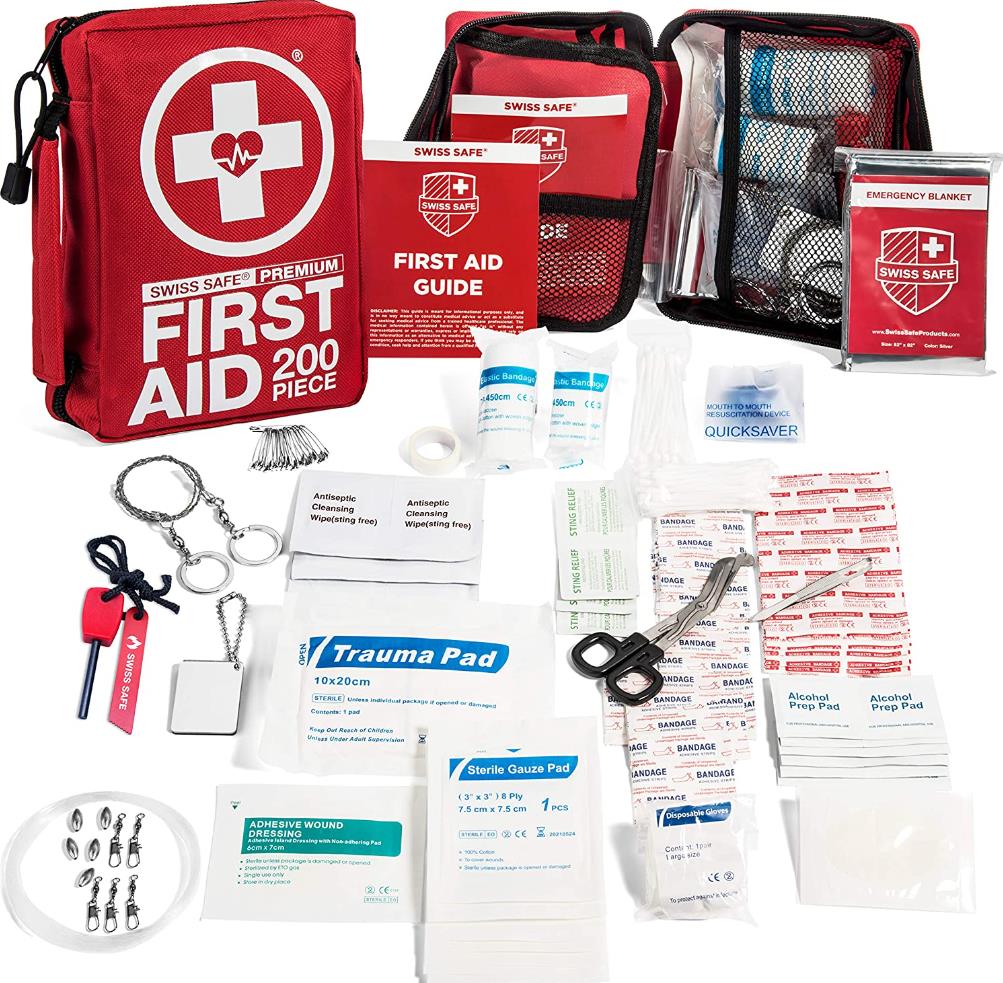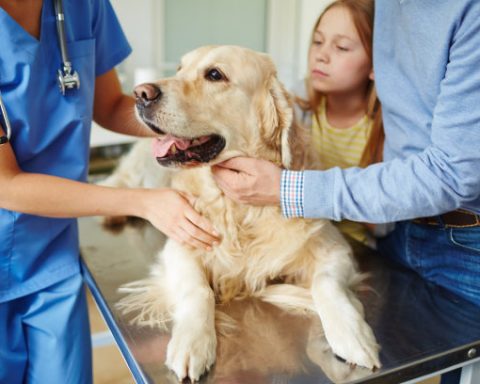Proper handling and compassionate care A dog can’t fight an injury or illness if it doesn’t receive proper care from its owner. It should be handled properly under the guidance of a veterinarian.
I think the dog will recover faster if it has some knowledge of the necessary care. Items that should be in the first aid kit In order to manage the dog’s health on a daily basis, and considering the need in case of an unexpected situation, the first aid kit should be equipped with at least the following supplies.
- Disinfectant Antiseptic – In case of trauma, a less irritating form of iodine should be used to disinfect the area.
- Ear medication – Boric acid ointment can be used when cleaning the ears.
- Canine nutrients – Mineral supplements, vitamin E, multivitamins, etc.
- Thermometer – A canine thermometer should be available, or better yet, a veterinary thermometer.
- Clippers – Rounded tops are safer.
- Nail clippers
- Gauze
- Bandages
- Band-Aids
- Cotton swabs
- Tape – for tightening the mouth
- Towels
- Bath towels, etc.
Standing medicines should be purchased on prescription according to your dog’s physical condition and in consultation with your veterinarian, and should not be purchased from a pharmacy by the breeder.
The method of feeding medicine is because the dog has a good nose and can immediately find the internal medicine mixed into the food. Therefore, you should mix the medicine with honey or cheese and smear it around the dog’s mouth, so that the dog will lick it down.
Alternatively, the medicine can be rolled up into a small packet with sticky rice paper and then fed to the dog. When feeding tablets or capsules, use one hand to open the dog’s mouth and the other hand to put the medicine as deep as possible into the throat, waiting for the dog’s mouth to close for 1-2 seconds before releasing the hand. Then blow on the tip of the dog’s nose, and the dog will instinctively stick out its tongue and lick its nose, and will be able to swallow the medicine smoothly.
When feeding the medicine, lift the dog’s head upwards and then use a pipette to inject the medicine through the corner of the mouth.
When giving it eye medicine, you can hide the medicine in your hand and drop it into the dog’s eyes while the dog’s eyes are slightly open, and the medicine can enter the eyes after the dog opens its eyes wide.
When applying eye ointment to the dog, first gently turn the dog’s eyelids open, then apply the ointment to the inside of the eyelids.
When measuring the temperature of a dog, one person can hold the dog down and the other lift the dog’s tail upward, then slowly insert the thermometer into the anus. You can also use a little cooking oil to lubricate the anus before insertion. After insertion, the tip of the thermometer with the mercury should be pressed against the side of the anal wall. The thermometer can also be inserted into the anus from the inside of the hind leg after the dog has been laid down and held in place. Normally, you can also often put your finger between the dog’s teeth and lips to test the dog’s temperature at any time to see if there is any change from the usual.
What to pay attention to after getting the veterinarian’s prescription After getting the prescription, you should learn from the doctor about the amount of the dog’s daily medication, the time of day, the method of administration, the number of times of administration and whether there are any toxic side effects, and then feed the dog in accordance with the doctor’s instructions after making it clear.
If the dog refuses to take the medicine no matter what, it should be solved after discussing with the veterinarian. Can not give up let the dog eat more efforts dog in the sick or injured low appetite, do not want to eat, you should change the food practice, mix the pattern as much as possible to try to get the dog to eat more. In fact, sometimes food may work better than medicine.

